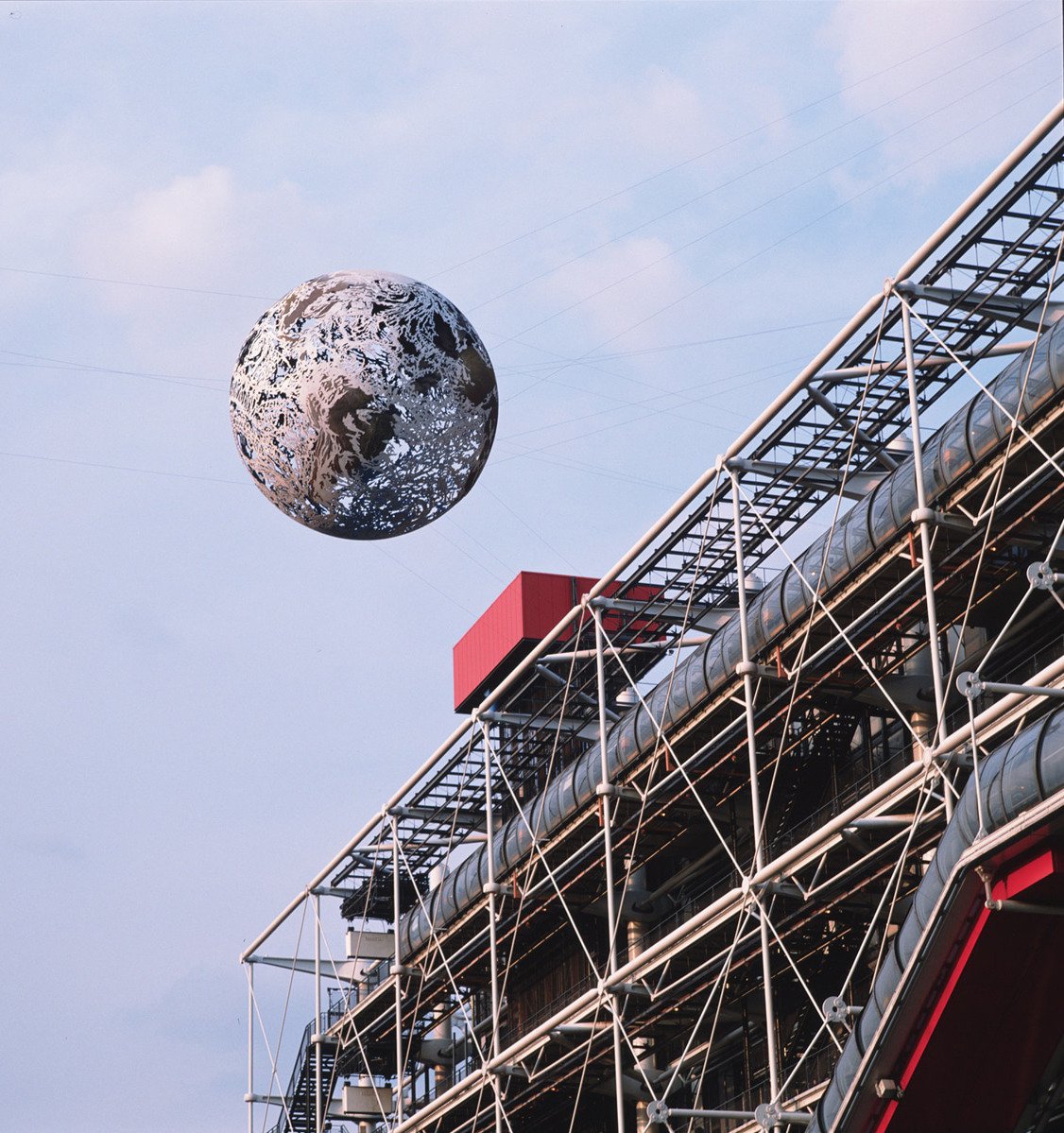When Art Embraces the Planet. Writing a Connected History of a Global Exhibition.
Public lecture by Monica Juneja, as part of the class Postcolonial Studies I with Christian Kravagna.
The talk revisits the famous, also controversial, Paris exhibition of 1989, Magiciens de la Terre, celebrated as the first planetary show of contemporary art. It was also critiqued for adopting a neo-colonialist, ethnocentric approach to visual cultures of the non-European world, whose productions were forced into a Western modernist framework of display.
The talk seeks to recuperate the dimensions of this transcultural encounter that get written out of narratives exclusively focused on the metropolitan centre seeking to make visible the so-called peripheries of the world within a curated exhibition space. Writing a connected history of a global exhibition, will be argued, asks us to follow its bold topography across continents to those sites where the works that had travelled to Paris were produced and anchored, and to examine their post-Magiciens lives. Taking the example of South Asia, the urge is to read objects, their producers and curators coevally, while restoring to the sites their own historicity.
